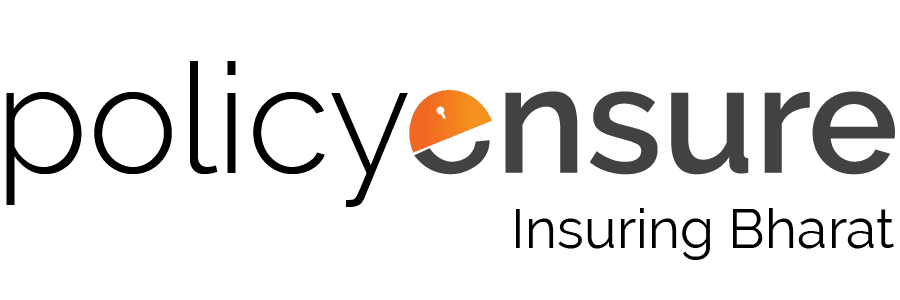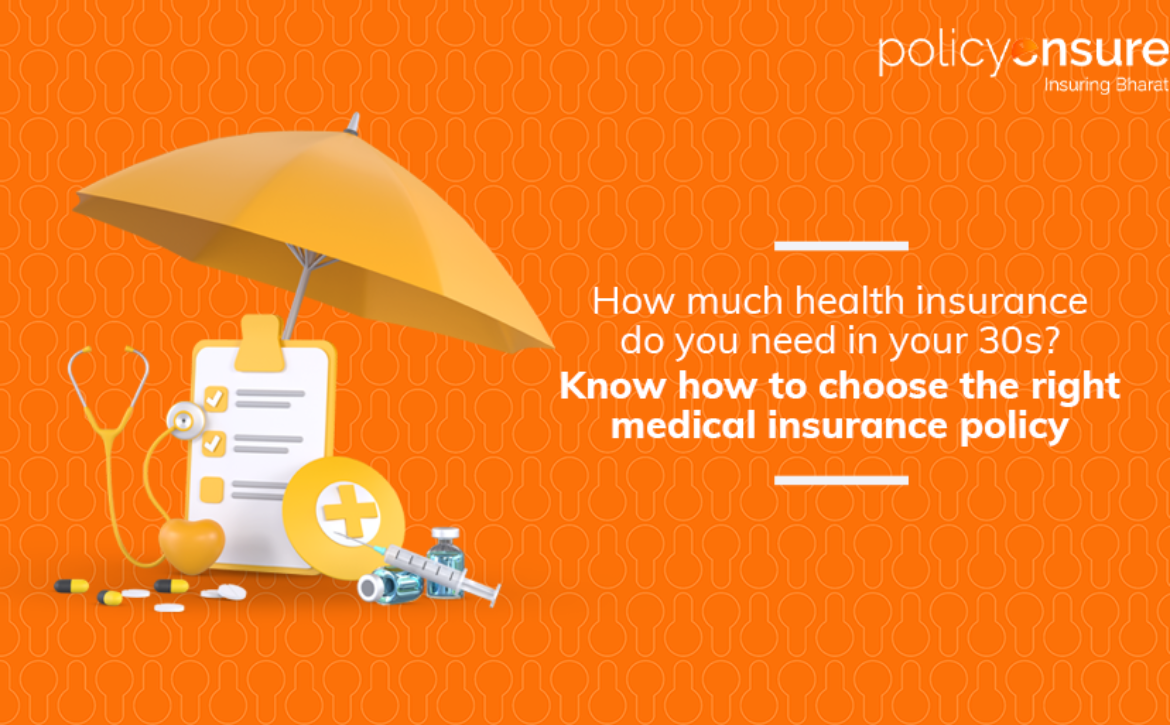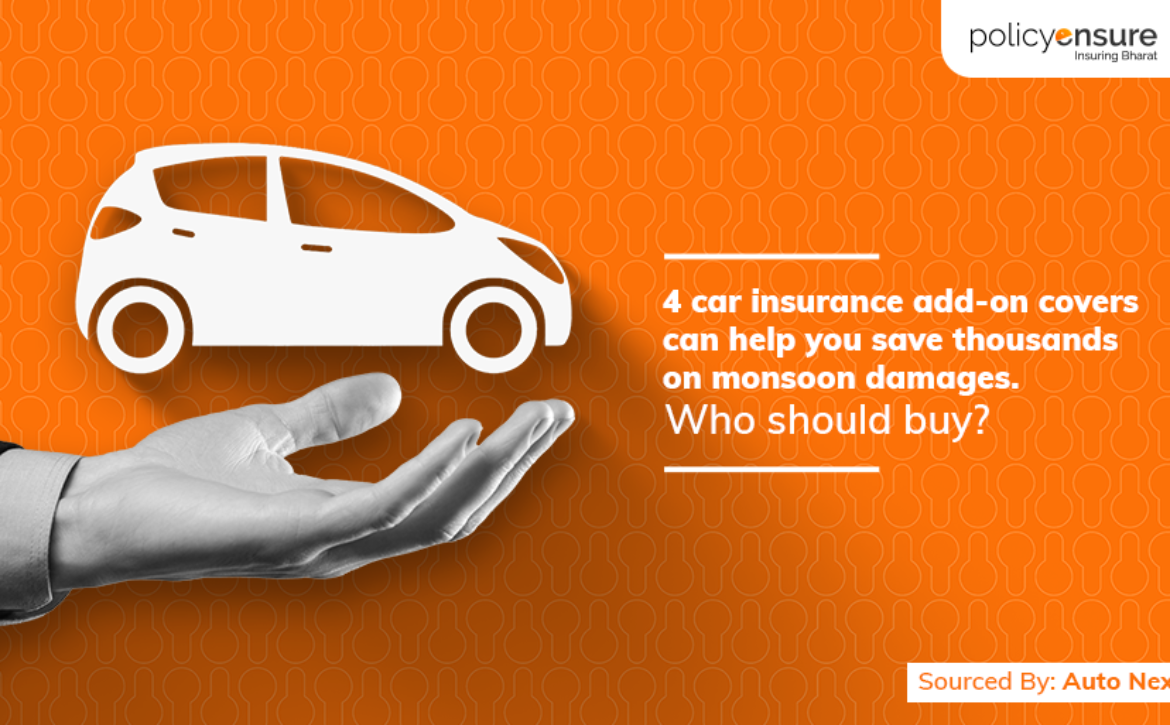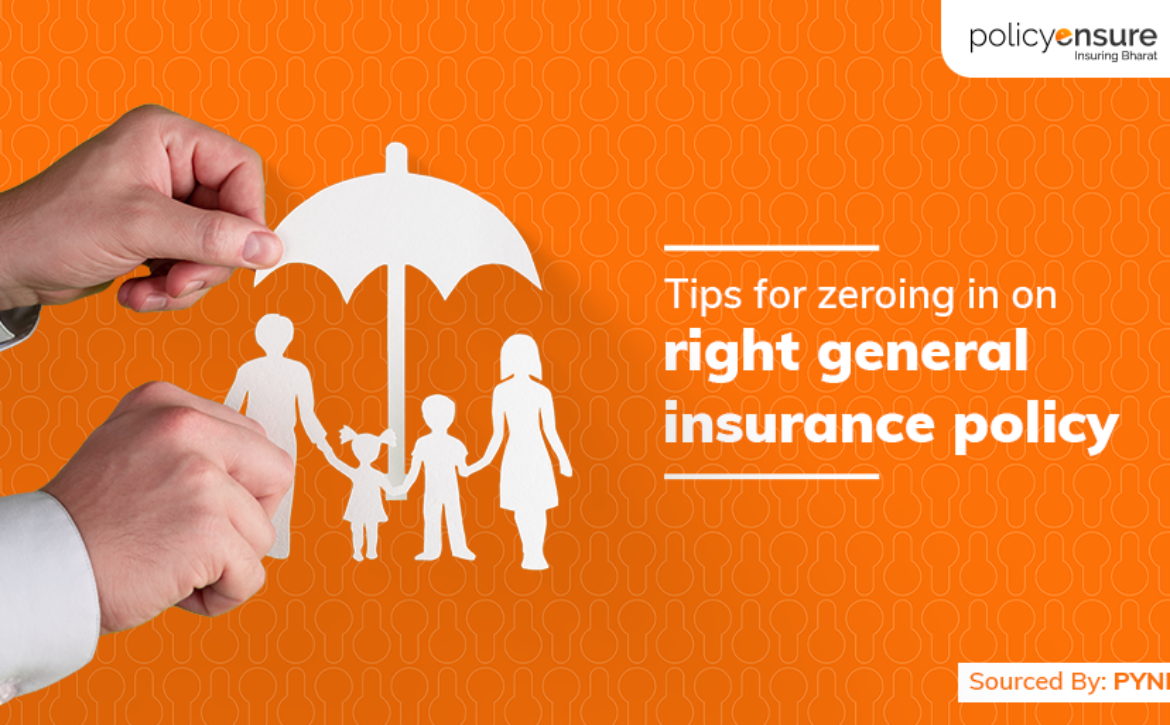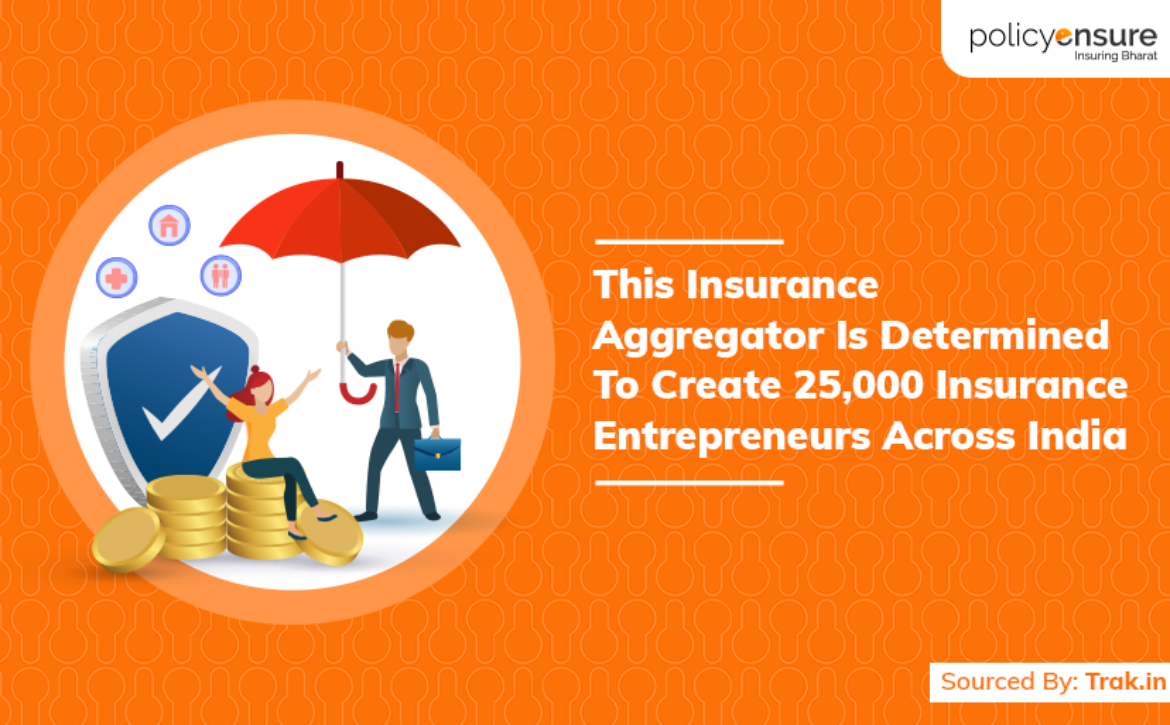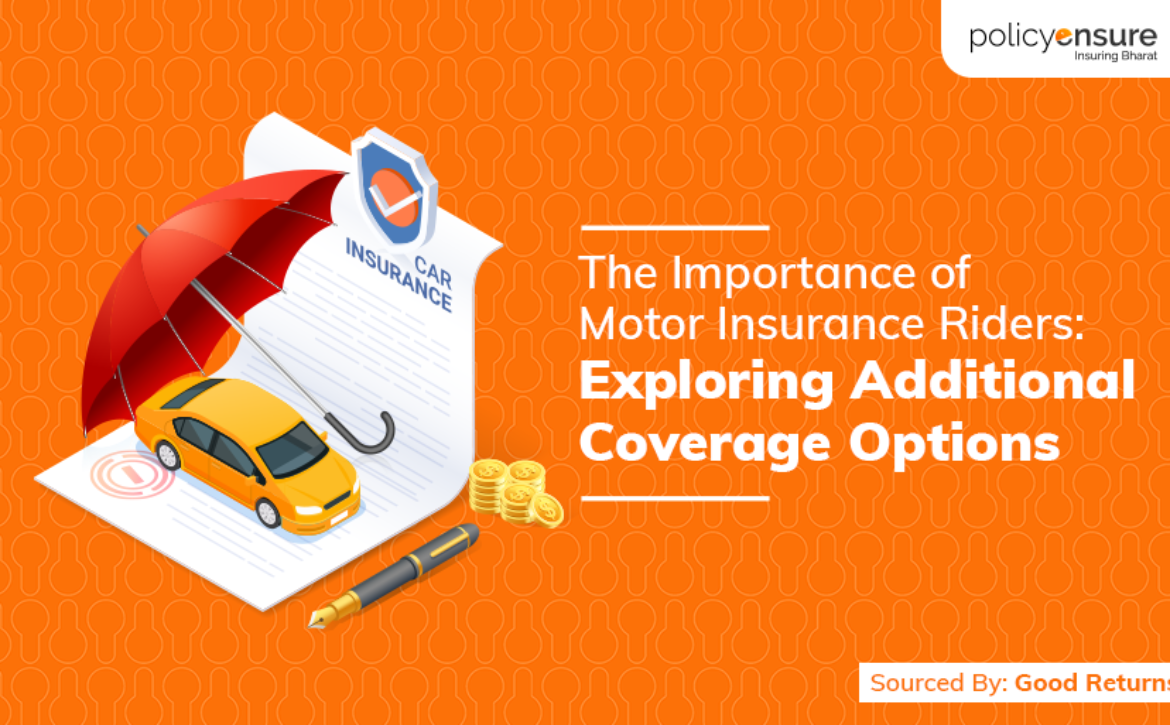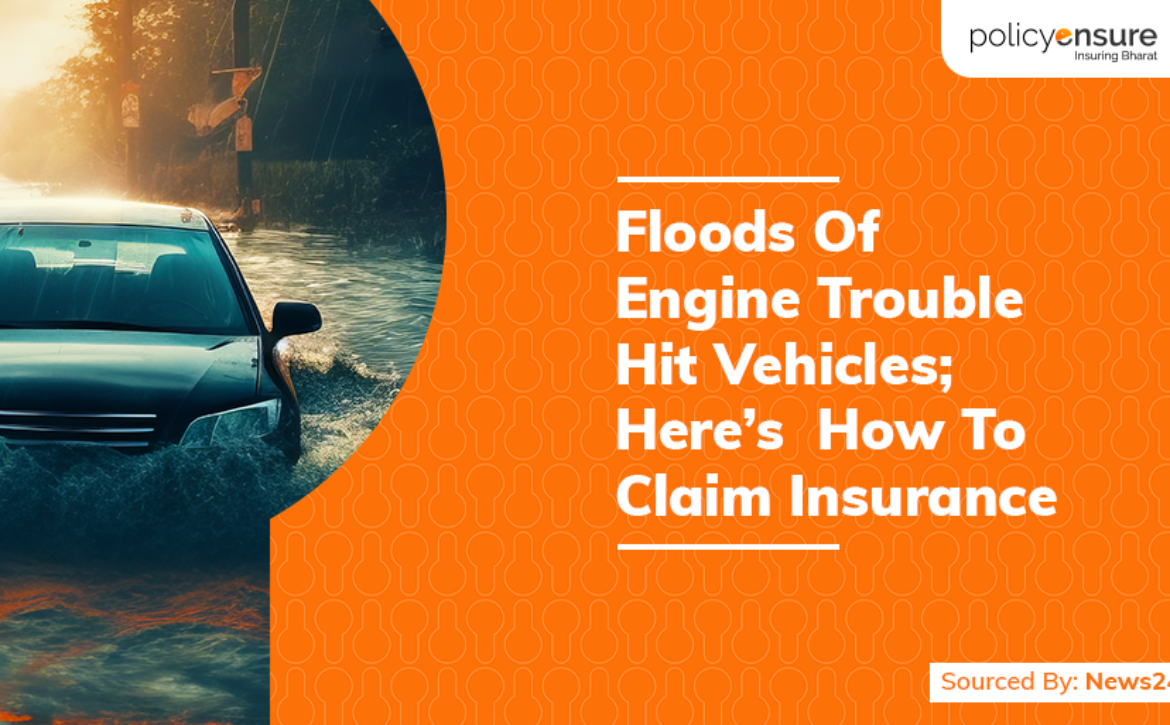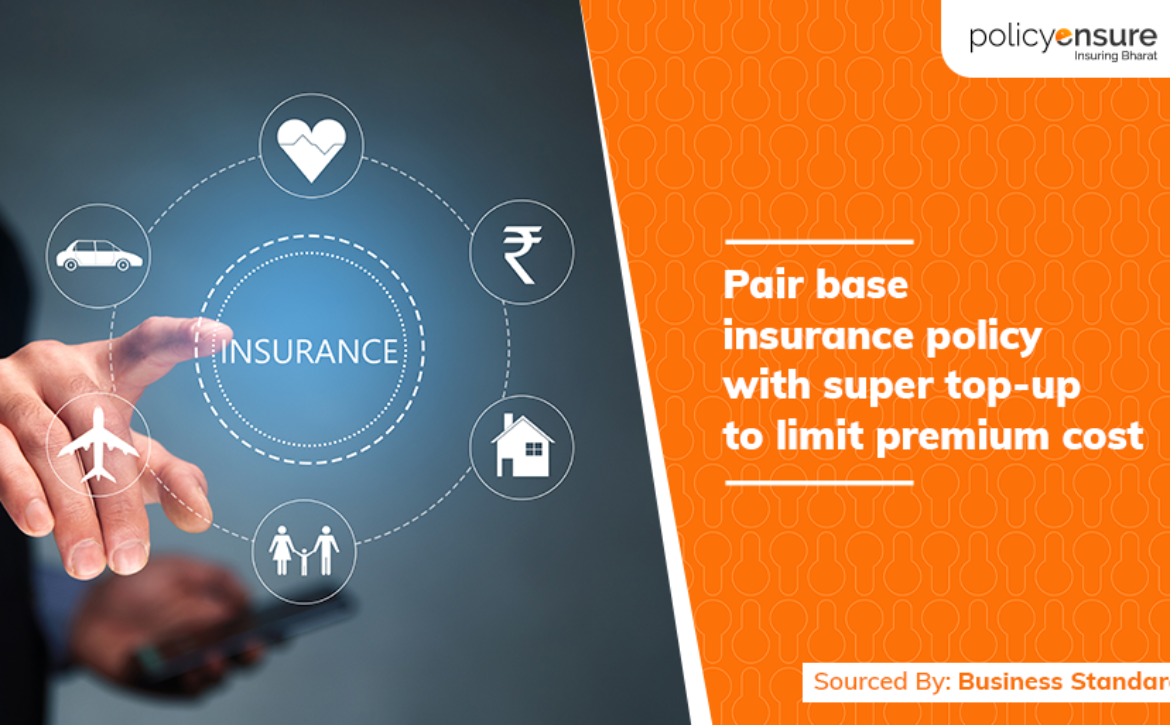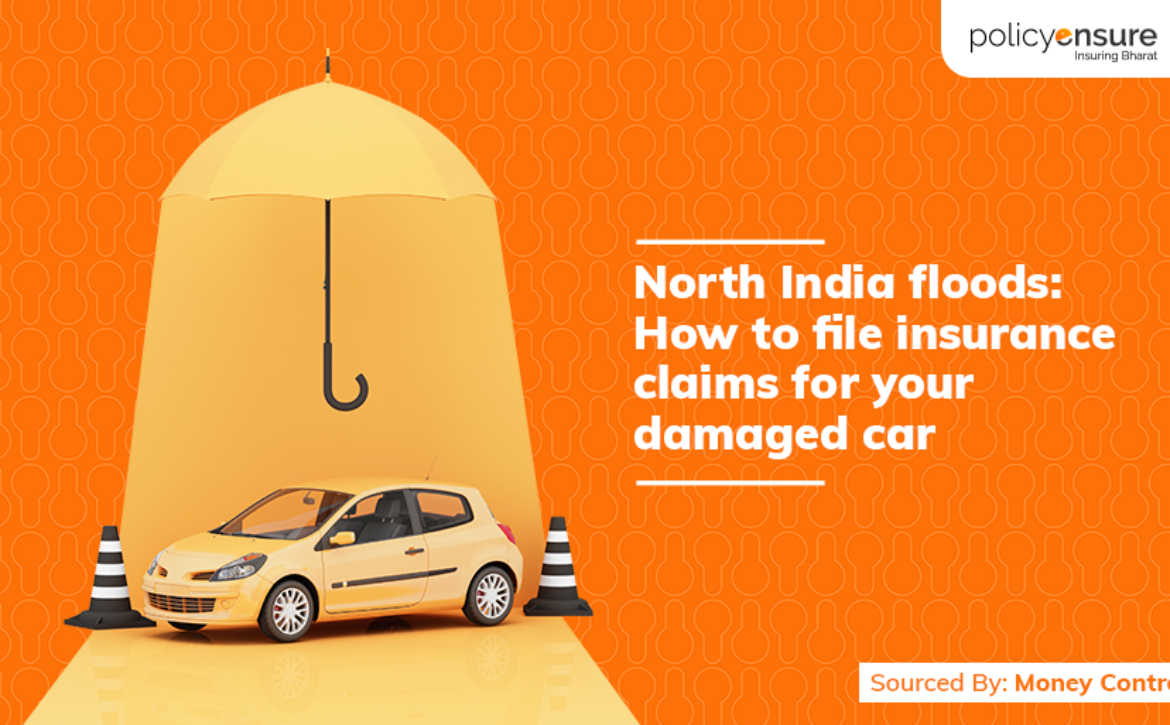Expert Advice: 5 Key Elements To Know Before Buying A Health Insurance Policy
In our fast-paced world where uncertainties loom large, the need to plan for the future is undeniably imperative. Similarly, when it comes to medical emergencies, a lack of planning for exorbitant expenses can lead to major financial upheaval. One of the most effective, yet underrated, ways of doing that is by virtue of a health insurance policy that is tailored to the specific needs of customers.
While one doesn’t really need an incentive to buy health insurance, the COVID-19 pandemic surely reinforced its importance in our lives. The global pandemic exposed our unpreparedness in case of health-related emergencies, altering our perception of health insurance and raising pertinent questions. Is my health insurance good enough? Does it cover unforeseen health hazards like COVID-19? Will it still burn a hole in my pocket?
With these growing questions, people now seek better awareness, guidance, and understanding to find the right health insurance plans that can cater to their specific needs – a promise that is being fulfilled by the ever-growing network of Policy Ensures certified Point of Sales Person (PosP). Therefore, in the post-pandemic era, as you go about finding the best health insurance plan for yourself or your family, here are 5 key elements you must consider before investing in a policy:
Health Insurance: No Longer A Luxury, But A Necessity
For a long time, health insurance was perceived as a luxury, especially in growing nations like India. While some deemed it as an added expense, others remained unperturbed by the idea of safeguarding their health via an insurance plan. But, it eventually took the global pandemic to reiterate the importance of health insurance in the country.
According to The Hindu report, demand for health insurance has shot up by 321% in the post-pandemic era. This is a valid indicator of the changing perception and increased awareness among customers towards the health insurance industry. With uncertainties akin to Covid-19 looming large, the importance and relevance of buying health insurance that provides holistic and adequate coverage simply cannot be overlooked.
Sum Insured: What’s Sufficient Today Might Be Inadequate Tomorrow
Health insurance policies, akin to ones related to motor vehicle and home insurance, work on the principle of indemnity. Simply put, these insurance policies compensate the customers for all the losses covered by the policy. The extent of damages that a policy covers in a stipulated time period is what is termed as the sum insured. For instance, in medical policies, the sum insured denotes the maximum amount that an insurer will pay for hospitalization in a given time.
In the event of unexpected medical emergencies, one can be easily exposed to financial debt instigated by medical bills, diagnostic charges, and other hospitalization costs. With the bills often running higher than the sum insured in the insurance plan, an individual’s savings can take a direct hit. That’s why it’s important to opt for a plan with a high sum insured to minimize out-of-pocket expenses. While it might push the premium up, you can thoroughly reap its benefit with better coverage than regular plans.
Selecting A Plan? Flexibility Is Key To Effective Health Insurance
While there are numerous things one can factor in before making up their mind for a specific health insurance plan, flexibility is undeniably one of the most important elements to take into consideration. In the event of a medical emergency that involves more than one member of your family, having individual health insurance plans surely won’t cut it. As witnessed during the recent pandemic, many families were exposed to the ramifications of not having a floater plan that covered health insurance of their family members.
Unlike individual health insurance policies, family floater plans are relatively cost-effective which make them ideal for providing medical coverage for all members of the family. Factoring in the age and other necessary information of the members, one can opt for a floater plan which is tailored to the needs of the family. While there are a lot of floater plans available in the market, one must leverage the expertise of insurance brokers like Policy Ensure to efficiently review and compare them in their bid to find the one that is flexible enough to accommodate all members of the family.
Room Rent Cap: Go For A Higher Limit
Health insurance plans might seem easy to purchase, but understanding the nitty-gritty pertaining to a policy is an uphill battle that can have a direct impact on your finances. Among some key elements that need a lot of demystification, the room rent limit is arguably the one that needs special attention from customers. A cap imposed on the coverage of boarding expenses of the hospital room rent limit has a significant impact on the overall cost of treatment.
Therefore, you must lay a greater emphasis on the cap on room rents to avoid burning through your savings during an uncertain medical emergency. While selecting a health insurance policy, people should also factor in inflation costs and look for a plan with a higher limit on room rent to reduce personal expenses. Though it might attract a higher premium than other available policies, the one with a high cap on room rent can surely help ensure that you get the best possible treatment without fretting over additional expenses.
Employer Health Insurance: It May Not Be Enough During Uncertain Events
In the modern world, the majority of organizations offer health benefits and insurance plans to their employees. People, for long, have been content with the health insurance offered by their employers. That is one of the reasons why most of the individuals still don’t opt for an individual policy despite better coverage on offer. However, this over-dependence on employer health insurance can cost you dearly in the event of a medical emergency.
Since most of the health insurance policies offered by employers have limited coverage, depending solely on that can translate into additional out-of-the-pocket expenses. On the other hand, relying solely on employer health insurance also means that, in the event of a job loss, you would have to shell money from your savings to negate health-related challenges. Hence, while a healthcare plan offered by your employer might seem like a great deal for now, an individual policy with better coverage is what you’ll really need to sail through future uncertainties financially.
Future-proof Your Health By Consulting Certified Insurance Brokers
Regardless of age, time, and even financial planning, there is little doubt over the fact that a medical emergency can come knocking anytime. This, in turn, makes us all vulnerable to the risk of healthcare debt owing to rising medical costs. One of the cost-effective ways to beat medical treatment inflation is by buying a health insurance plan.
However, spoilt for choices in the market, most of us dread the painstaking process of reviewing and comparing available policies in our search for finding the right one. That’s why you need the expertise and experience of Policy Ensures certified PosP who can help you understand the vital aspects of the available policies and guide you towards the right health insurance plan. As the popular saying goes, health is surely wealth. But considering the uncertainties of life, one truly needs some wealth in the form of health insurance to ensure good health.
